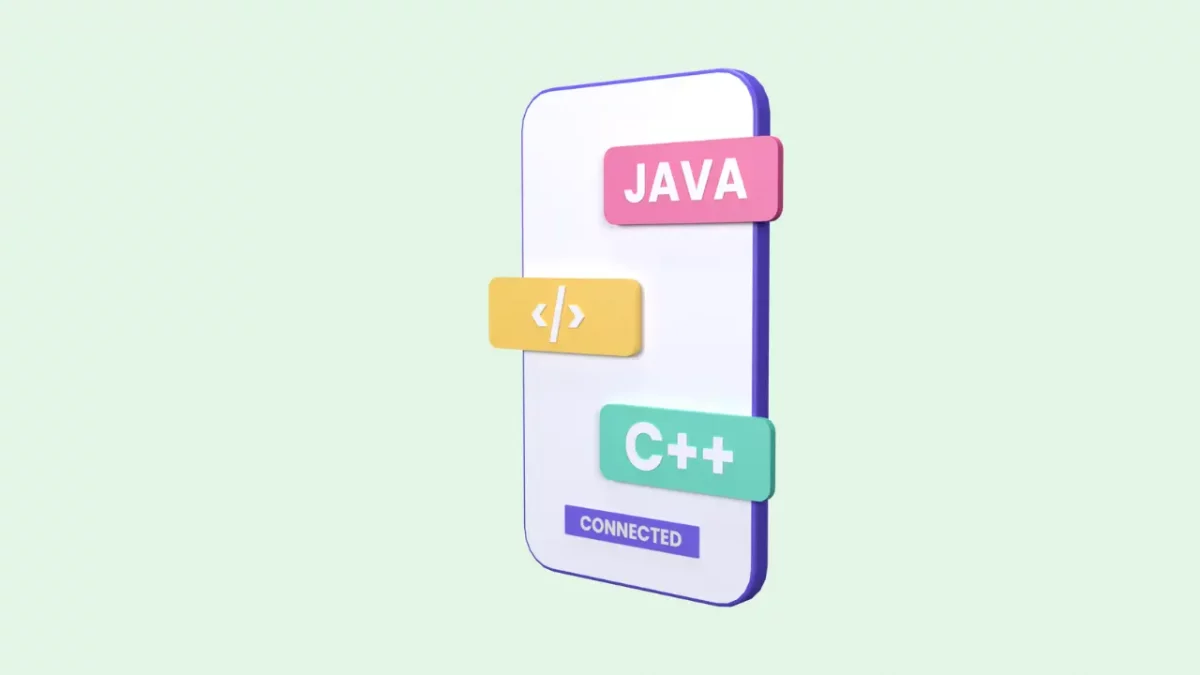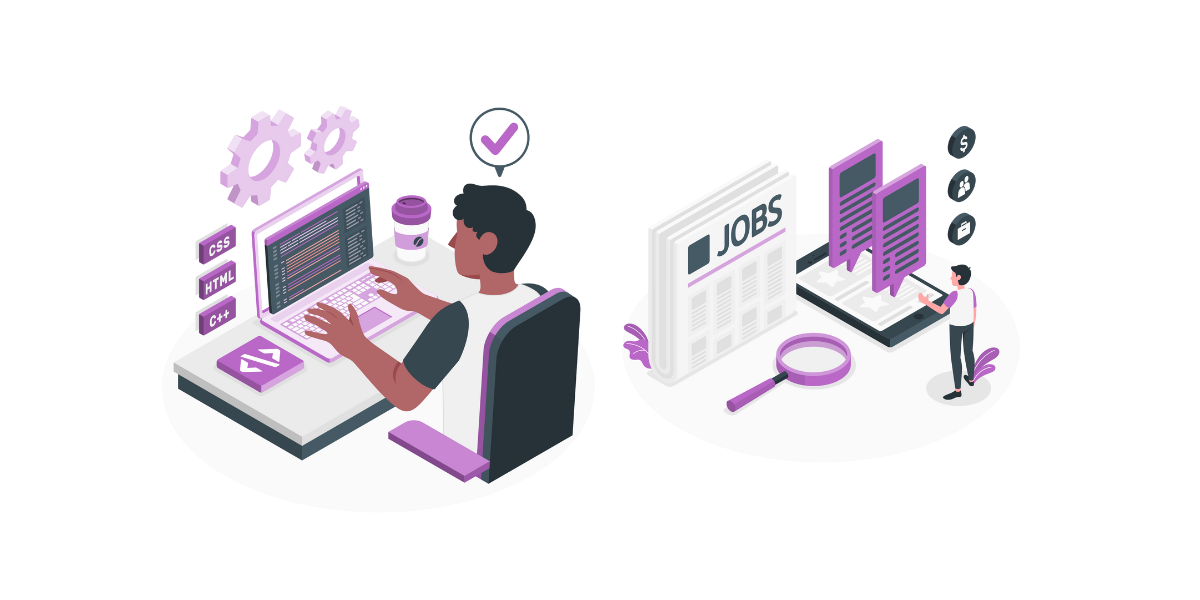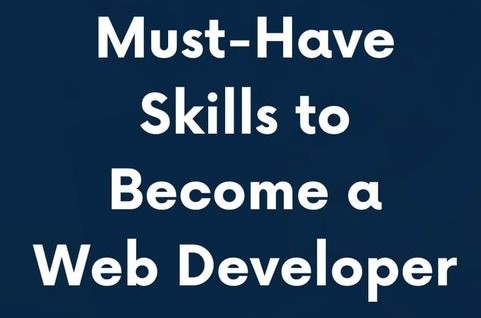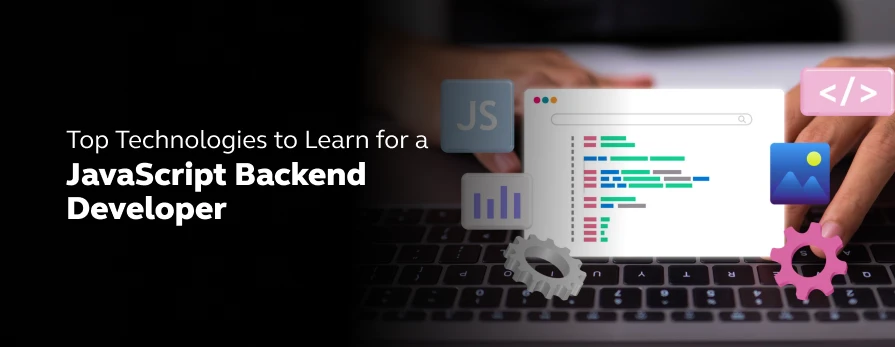
How to Hire a Full-Stack Web Developer in 2025
Mar 20, 2025 6 Min Read 2595 Views
(Last Updated)
In today’s digital age, a strong brand presence in digital platforms is crucial for the success of businesses and organizations. Whether you are a startup looking to establish your brand or an established company seeking to enhance your online offerings, hiring a full-stack web developer to enhance your website activities can be a game-changer.
Is it challenging to identify, assess, and hire a full-stack web developer for your company? Full-stack developers possess a diverse skill set that enables them to handle both front-end and back-end development, making them invaluable assets for building and maintaining web applications.
In this comprehensive guide, we will walk you through the process of hiring a full-stack web developer, covering everything from defining your needs to conducting interviews and evaluating candidates.
Table of contents
- Understand the Role of a Full-Stack Web Developer
- Find Out Your Reasons to Hire a Full-Stack Web Developer
- Full-Stack Developers are All-rounders
- Cost-Efficiency
- Faster Development
- Simplified Communication
- Versatility
- Efficient Problem Solving
- Consistency in Codebase
- Adaptability
- Reduced Recruitment Complexity
- Enhanced Productivity
- Define Your Needs
- Start Sourcing Your Candidates
- Conduct Technical Assessments & Interviews
- Offer the Position
- How to Hire a Full-Stack Developer with Ease?
- Wrapping Up
- FAQs
- How to hire a Full-stack web developer with ease?
- Is the Hyre tool easy to use?
- What soft skills should I consider when hiring a full-stack web developer?
- What skills should I look for when hiring a full-stack web developer?
- Why should hire a full-stack web developer for a startup?
Understand the Role of a Full-Stack Web Developer

A full-stack web developer is a professional who has expertise in both front-end and back-end web development. They are capable of working on all elements of a web application, from designing user interfaces and creating responsive layouts to building server-side logic and managing databases.
They could develop a robust product for your business from scratch. A full-stack developer is often considered a “jack-of-all-trades” in the world of web development because of their proficiency in handling diverse technologies and components of a web project.
Before diving into the next section, ensure you’re solid on full-stack development essentials like front-end frameworks, back-end technologies, and database management. If you are looking for a detailed Full Stack Development career program, you can join GUVI’s Full Stack Development Course with Placement Assistance. You will be able to master the MERN stack (MongoDB, Express.js, React, Node.js) and build real-life projects.
Additionally, if you want to explore JavaScript through a self-paced course, try GUVI’s JavaScript certification course.
Find Out Your Reasons to Hire a Full-Stack Web Developer
As the world becomes increasingly dependent on technology, there is a rising demand for Full-Stack developers who can create and maintain complex web applications. There are several compelling reasons to consider hiring a full-stack web developer for a business:
1. Full-Stack Developers are All-rounders

Full-Stack Web Developers can excel in both front-end and back-end applications with their proficiency. They develop HTML, JavaScript, and CSS codes for the front end to influence the website’s responsiveness, design layout, and end-user experience.
2. Cost-Efficiency

As a business, you can scale down your cost-per-hire when you hire a full-stack web developer. It can be more cost-effective than hiring separate front-end and back-end developers.
3. Faster Development
Full-stack developers can work on multiple aspects of a project, and close the development window faster. The dual expertise of these professionals can lead to faster development cycles and quicker project delivery.
4. Simplified Communication
When you hire a full-stack web developer, you have a single point of contact for your project, streamlining communication and reducing the chances of misinterpretations
5. Versatility
Full-stack web developers can adapt to different tasks and technologies, making them a valuable addition to the team in various project phases.
6. Efficient Problem Solving

They can see the big picture and understand how different parts of a web application interact. This holistic view enables efficient problem-solving and smoother integration of components.
7. Consistency in Codebase
Full-stack web developers can ensure consistency in the codebase because they are responsible for both front-end and back-end development. This consistency can lead to better maintainability and scalability of the website.
8. Adaptability
They can adapt to dynamic project requirements and technologies, making them valuable in fast-paced environments and industries with evolving tech stacks.
9. Reduced Recruitment Complexity
Hiring a single full-stack developer simplifies the hiring process compared to recruiting and coordinating multiple specialized developers. It is always a better choice to hire a full-stack web developer in place of 5-6 specialized developers.
10. Enhanced Productivity
Having a developer who can work on multiple aspects of a project can lead to increased productivity and a more streamlined development workflow.
Define Your Needs
Before you hire a full-stack web developer, it’s crucial to define your project’s needs and expectations. This step lays the foundation for a successful hiring process. Clearly outline the scope of your project and its goals.
Pre-determine the size and complexity of the web application you want to build or maintain. Consider factors such as the target audience, functionality requirements, and the timeline for the project. Having a well-defined project scope will help you identify the specific skills and experience you need in a full-stack developer.
Identify the technologies and programming languages essential for your project. Full-stack developers should be proficient in a range of front-end and back-end technologies. Some common technologies include:
Front-End: HTML, CSS, JavaScript, React, Angular, Vue.js
Back-End: Node.js, Ruby on Rails, Django, Express.js
Databases: MySQL, PostgreSQL, MongoDB
Version Control: Git
Consider the existing team structure and how the full-stack developer will fit into it. Will they be working with other developers, designers, or project managers? Understanding the collaboration dynamics will help you evaluate candidates not only based on technical skills but also on their ability to work effectively within your team.

Start Sourcing Your Candidates
Having a strong talent sourcing strategy not only expands your vibrant talent pool but also streamlines and accelerates your hiring process. This brings in a list of benefits for your business’s overall success. Post a crystal-clear demand for the skills and qualifications required for the job showing off your company culture and employee value proposition.
Create detailed job descriptions that outline required skills, experience levels, and responsibilities. This clarity will not only help you find suitable candidates but also ensure that your tech team is aligned with the organization’s goals. Don’t limit yourself to traditional job boards, your career page, and career websites. Of course, they are valuable platforms but expand your boundaries and consider using professional social networks like LinkedIn, Glassdoor, tech-specific forums, and industry-front events.
Highlight your company’s mission, values, culture, code of ethics and opportunities for growth in your job postings and on your website. Share employee testimonials and success stories to showcase what it’s like to work for your organization. A positive employer brand can help you hire a full-stack web developer who is excited to be a part of your team.
Conduct Technical Assessments & Interviews
To assess the technical competence of full-stack web developer candidates, you can employ various assessment methods. The choice of assessment will depend on your project’s specific requirements and your team’s preferences. On the other hand, Interviewing candidates is a critical step in the hiring process, allowing you to assess not only their technical skills but also their fit with your team and organization.
To streamline your recruitment process, you could employ new acquisition technologies that enable your business to hire more seamlessly, rapidly, and effectively. Smart Assessment tools help you conduct bias-free, efficient, and time-saving assessments for recruitment. businesses can measure to compare the skills of the candidates and find the best tech fit specific to their business needs with ease.
If you are looking for such an all-rounder tool, explore HYRE, a 360-degree, AI-powered assessment tool by GUVI for corporates. HYRE comes with a pre-structured assessment pipeline – a seamless end-to-end recruitment process & competency screening that filters the best candidates by conducting regular assessments, HR screening calls & technical interviews. All of this is trackable using a structured assessment pipeline so you don’t miss out on anything.
It has a great library with questionnaire templates with customizable difficulty levels for individual job roles. It enables you to schedule tests at the preferred time and date according to your Organization’s convenience. You can also automate tests and send them to any number of candidates at a set date, time, and event. HYRE streamlines the proctoring & evaluation process involved in talent acquisition, making the job easy for recruiters.
You can also track your efforts through an all-in-one dashboard. This analytical space helps to get time-to-time, instantaneous reports, and keep your metrics in check, including metrics like the total number of candidates, candidates who appeared for the test, number of candidates hired for the role, number of tests that ran successfully, templates employed, and more.
With HYRE, You can monitor candidates’ performance and detect suspicious activities like copy-paste, tab switch, idle movements, unusual responses, etc. Record your candidates’ performances in video snippets. Review them later when you interview the candidate or if needed. This way, you can understand the genuineness of the candidate and avoid misconduct or any suspicious activities during the assessment.
AI-based video surveillance of HYRE is a time-saving and efficient way to ensure productivity in the recruitment process. This feature enables you to automatically detect abnormal movements, unusual occurrences, malpractice, or any mishaps during the assessment sessions.
HYRE’s behavioral assessment templates are designed to help organizations understand the candidate in interviews. It gives insights into the candidate’s core competencies and characteristics like knowledge, skills, personality, and behavior.
Offer the Position
Once you’ve identified the ideal full-stack web developer for your project, it’s time to extend a job offer. This step involves negotiating salary, discussing benefits, and outlining the onboarding process. It’s essential to approach salary negotiations with transparency and fairness. Consider the candidate’s qualifications, experience, and the market rate when determining the offer.
Be open to negotiating and finding a mutually beneficial arrangement. Discuss the complete compensation package, including benefits and perks, with the candidate. Highlight any unique benefits your organization offers, such as professional development opportunities, remote work options, or a relaxed company culture. A comprehensive benefits package can make your offer more attractive to top talent. Outline the onboarding process to ensure a smooth transition for the new hire. Clear communication during the initial phase sets the tone for a positive working relationship.
How to Hire a Full-Stack Developer with Ease?
Modern-day web Developers are competitive, diverse, and resourceful. But how to hire a full-stack web developer who best suits your business needs?
Growing businesses can simplify their complex efforts and increase productivity with an integrated and seamless recruiting partner, GUVI for Corporates.
GUVI, an HCL Group company is one of India’s leading integrated edtech platforms offering technical courses created by industry experts in vernacular languages. GUVI is trusted by 600+ Corporates across the country.
With GUVI’s smart hiring services, businesses can eliminate external hiring expenses like advertising costs, third-party fees, consulting fees, technology fees, and some internal expenses like training & onboarding costs, and save up to 70% on cost-per-hire and fasten the pre-onboarding process like screening, coding tasks, and more.
GUVI offers growing companies with candidates who are highly trained by industry experts for up to 4 months. During this intensive training, they work on real-life projects like custom Gmail clients using Gmail API, Instagram in React, Music streaming apps like Spotify, YouTube radio, Google Docs clone, and more.
These candidates are certified by IIT-Madras and IIT-Ahmedabad. They also undergo vigorous screening tests before appearing for the real test. Only qualified candidates are presented to the companies with specific hiring requirements.
With GUVI, you can hire talented and certified candidates with minimized hiring budgets and end-to-end support from GUVI’s corporate relations team.
Kickstart your Full Stack Development journey by enrolling in GUVI’s certified Full Stack Development Course with Placement Assistance where you will master the MERN stack (MongoDB, Express.js, React, Node.js) and build interesting real-life projects. This program is crafted by our team of experts to help you upskill and assist you in placements. Alternatively, if you want to explore JavaScript through a self-paced course, try GUVI’s JavaScript course.
Wrapping Up
According to a report, 76% of hiring managers say that attracting the right talent is challenging. It is indispensable to hire a full-stack web developer for the creation and maintenance of successful web applications. By following the comprehensive guidelines provided in this blog, you may speed up the hiring procedure, find top talent, and guarantee a productive working relationship with your new developer. Always remember that the hiring and onboarding processes are investments in the success of your company, so spending the time to discover the right fit is well worth the time and effort. Hope you find the ideal full-stack web developer in your quest!
If you have any thoughts on this, let us know in the comments below!
FAQs
GUVI for Corporates helps companies find the right talent for their business with its streamlined and efficient hiring services. You can hire Full-stack web developers who are well-trained with the latest tools and technologies with GUVI. You can reduce cost-per-hire and close recruiting in a week with GUVI hiring.
Hyre tool is easy to use and involves very little admin intervention after setup. You can send timely emails to candidates and track all your efforts with the all-in-one smart dashboard.
When seeking candidates for a full-stack web developer role, prioritize those with strong communication skills, adaptability, teamwork, problem-solving abilities, and a solid work ethic. These attributes foster a productive and collaborative work environment.
The common technical skills for a full-stack web developer include proficiency in front-end technologies (HTML, CSS, JavaScript, etc.), back-end technologies (Node.js, Ruby on Rails, etc.), databases (MySQL, PostgreSQL, MongoDB, etc.), version control (Git), and problem-solving abilities.
Hiring a full-stack web developer for your startup can be beneficial due to their cost-effectiveness, versatility, ability to handle the entire development process, and rapid prototyping capabilities. They can provide a solid foundation for the company’s growth.
































Did you enjoy this article?